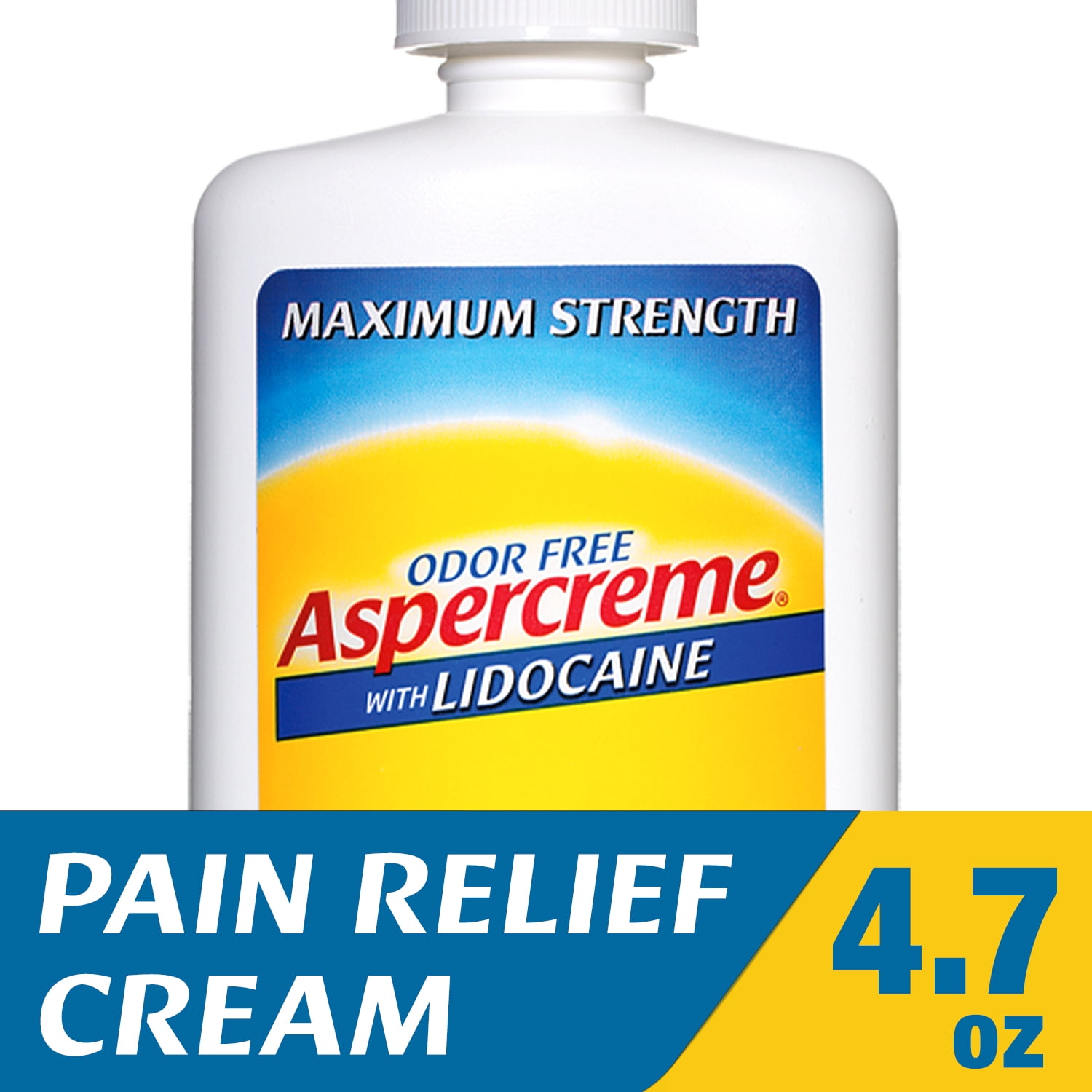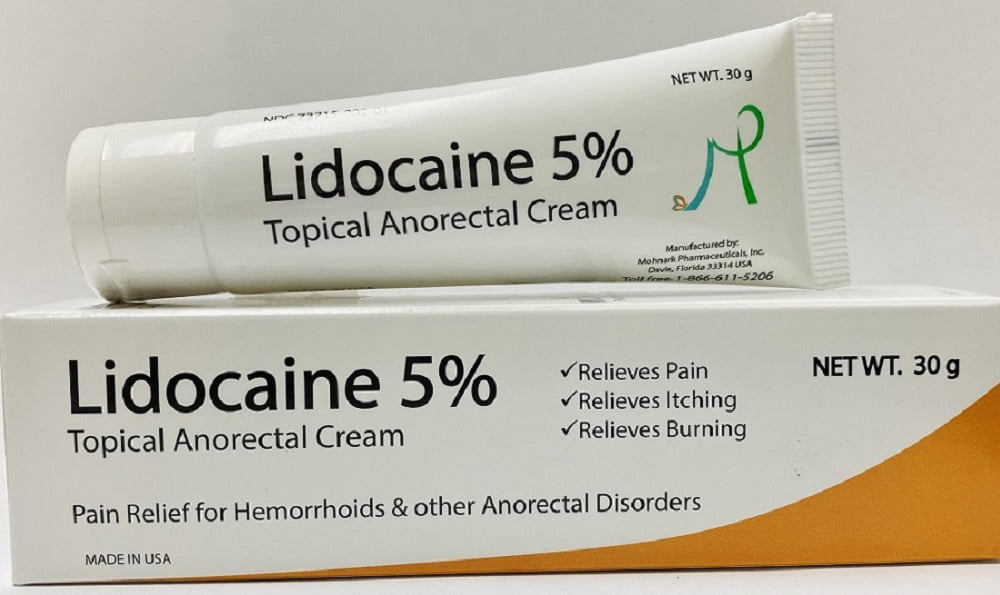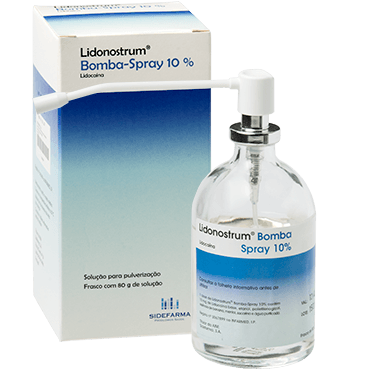

Objective adverse manifestations become increasingly apparent with increasing venous plasma levels above 6 mcg free base per mL. Renal dysfunction does not affect lidocaine kinetics but may increase the accumulation of metabolites.įactors such as acidosis and the use of CNS stimulants and depressants affect the CNS levels of lidocaine required to produce overt systemic effects. The half-life may be prolonged two-fold or more in patients with liver dysfunction. Because of the rapid rate at which lidocaine is metabolized, any condition that affects liver function may alter lidocaine kinetics. Studies of lidocaine metabolism following intravenous bolus injections have shown that the elimination half-life of this agent is typically 1.5 to 2 hours. Lidocaine crosses the blood-brain and placental barriers, presumably by passive diffusion. Binding is also dependent on the plasma concentration of the alpha-l-acid glycoprotein. At concentrations of 1 to 4 mcg of free base per mL, 60 to 80 percent of lidocaine is protein bound.

The plasma binding of lidocaine is dependent on drug concentration, and the fraction bound decreases with increasing concentration. The primary metabolite in urine is a conjugate of 4-hydroxy-2,6-dimethylaniline. Approximately 90% of lidocaine administered is excreted in the form of various metabolites, and less than 10% is excreted unchanged. The pharmacological/toxicological actions of these metabolites are similar to, but less potent than, those of lidocaine. N-dealkylation, a major pathway of biotransformation, yields the metabolites monoethylglycinexylidide and glycinexylidide. Biotransformation includes oxidative N-dealkylation, ring hydroxylation, cleavage of the amide linkage, and conjugation. Lidocaine is metabolized rapidly by the liver, and metabolites and unchanged drug are excreted by the kidneys. Lidocaine is also well-absorbed from the gastrointestinal tract, but little intact drug appears in the circulation because of biotransformation in the liver.

In general, the rate of absorption of local anesthetic agents following topical application occurs most rapidly after intratracheal administration. Lidocaine may be absorbed following topical administration to mucous membranes, its rate and extent of absorption depending upon the specific site of application, duration of exposure, concentration, and total dosage.


 0 kommentar(er)
0 kommentar(er)
